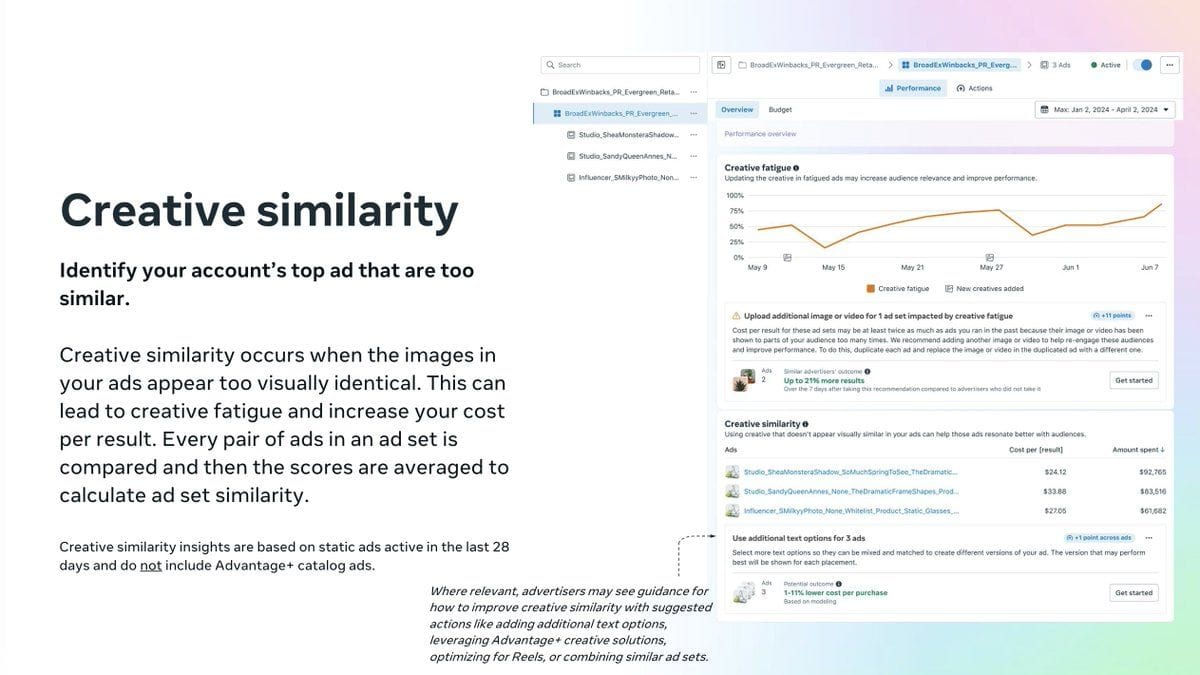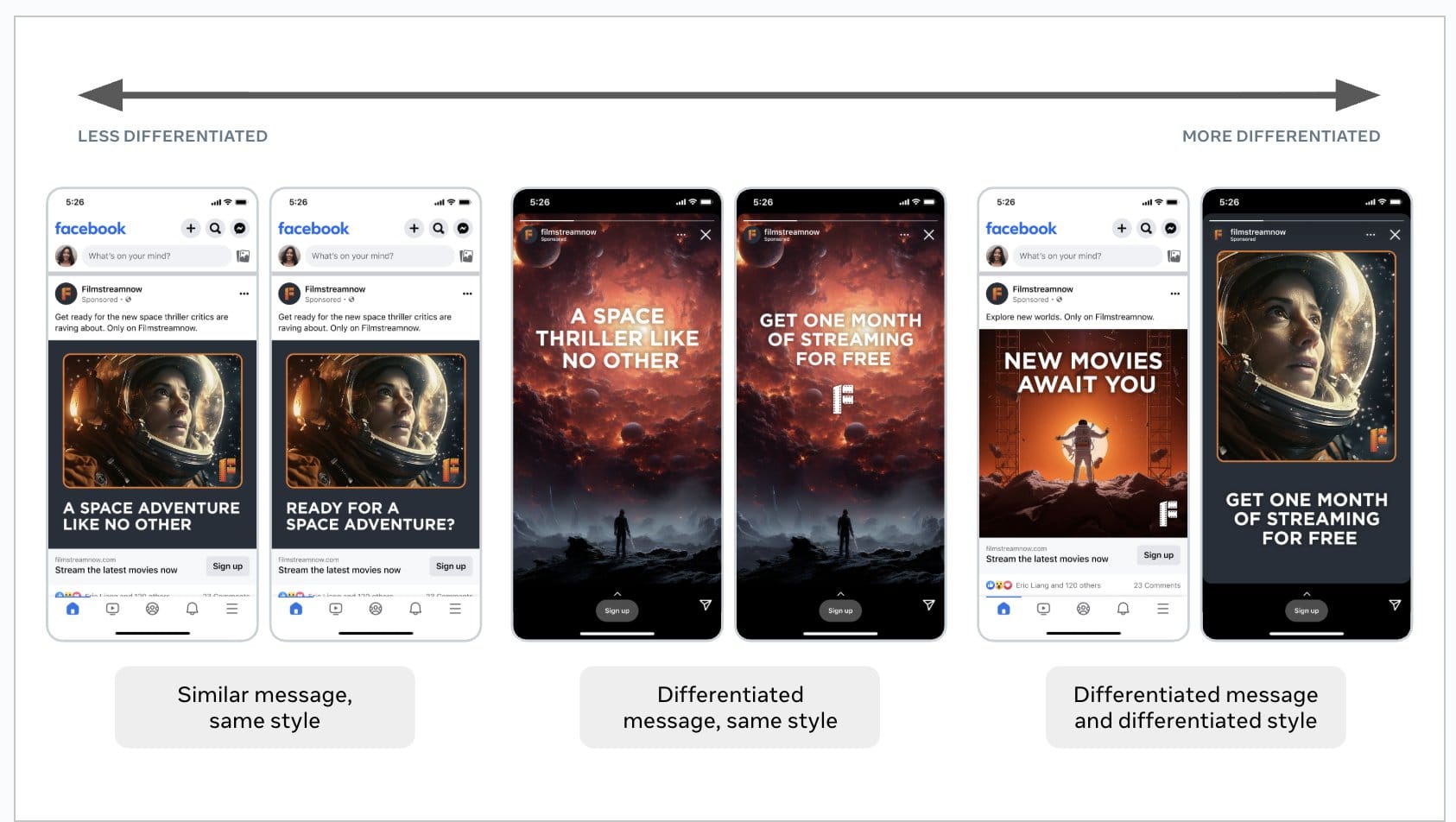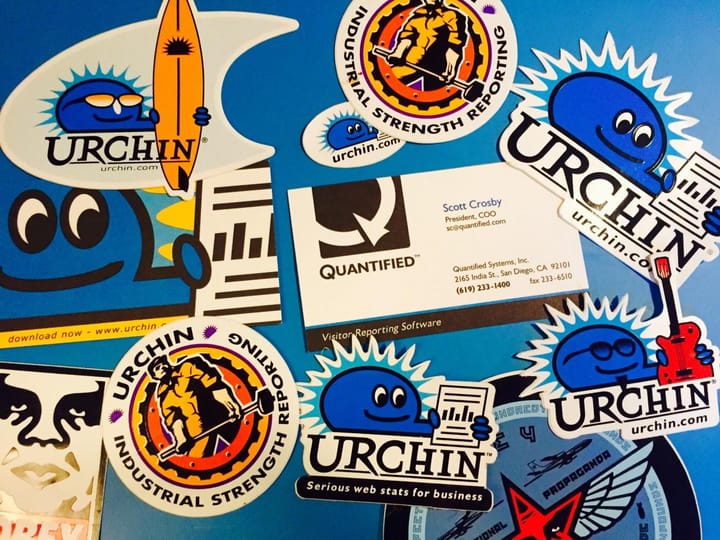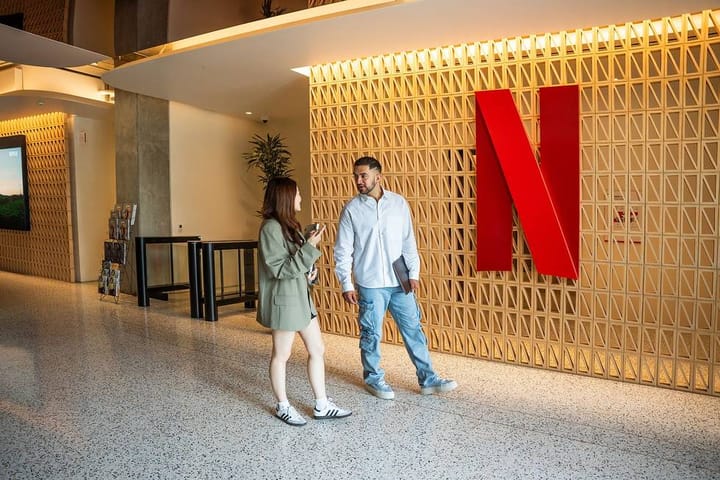Week 41. When sequence learning reshapes ads creativity.
Hey!
Welcome to this Week 41 edition!
Meta Ads just got a massive, under the radar upgrade

Powered by a new Nvidia chip, Meta can now process 10K+ more signals and choose the best ad from thousands of options. So basically, instead of reacting to what users do right now, it learns from their past behavior. This is called sequence learning.
As a result, audience settings and manual tweaks matter less. What really moves the needle is creative variety: entirely new concepts like UGC, street interviews, testimonials, podcasts, educational formats, etc.
Minor iterations such as taglines, background colors still count but less than before.
Three new KPIs are now available:
- Creative Fatigue, a frequency lookalike.
- Creative Similarity, variants similarity ratio.
- Top Creative Themes, bye bye minor tweaks.

Peter Quadrel post on Linkedin, explains new KPIs and the expected upcoming impacts
Jason Yim, Client Solutions at Meta, post on Twitter
Olly Hudson post on Twitter who shared the insight straight from his creative workshop with Meta
Growth framework of the week
A funny answer I got from ChatGPT when asking for a prioritization framework in Growth Marketing:
Letter | Name | Description | Scoring (1–5) |
|---|---|---|---|
P | Potential business impact | Estimated impact on revenue, retention, or a key KPI | 1 = very low / 5 = very high |
I | Inter-team dependency | Is this topic blocking or dependent on other teams? | 1 = completely standalone / 5 = highly cross-functional |
C | Calendar constraint | Is there a fixed deadline (seasonality, partners, business needs)? | 1 = none / 5 = urgent or fixed deadline |
T | Time to deliver | Estimated effort in days | 1 = heavy effort / 5 = quick & easy |
A | Automation & scalability | Is this topic scalable or repeatable over time? | 1 = manual or one-shot / 5 = scalable |
You can use:
- A Total score (out of 25) to compare initiatives
- A Profitability score:
(Potential × Constraint) ÷ Effort where Effort = (6 - T), meaning the easier the task, the more profitable it is.
Since our brand is called Picta, this framework name instantly rang a bell but it actually turned out to be surprisingly relevant.
🍿 Snacks
- Introducing apps in ChatGPT and the new Apps SDK. OpenAI is on fire: right after launching Instant Checkout, they rolled out apps directly inside ChatGPT this week. Exciting times!
See you next week,
Alice




Comments ()